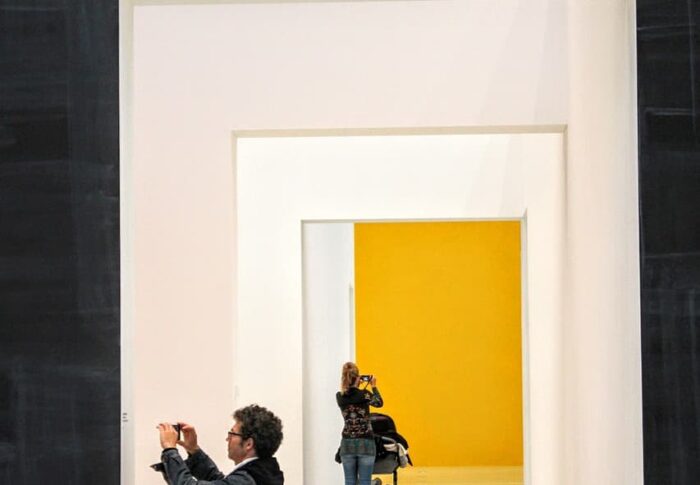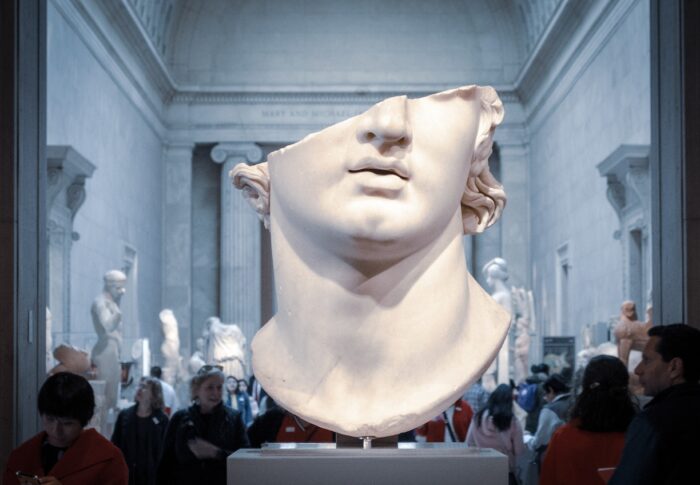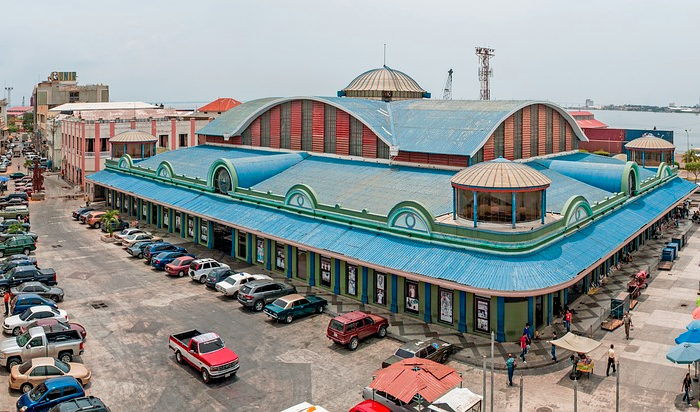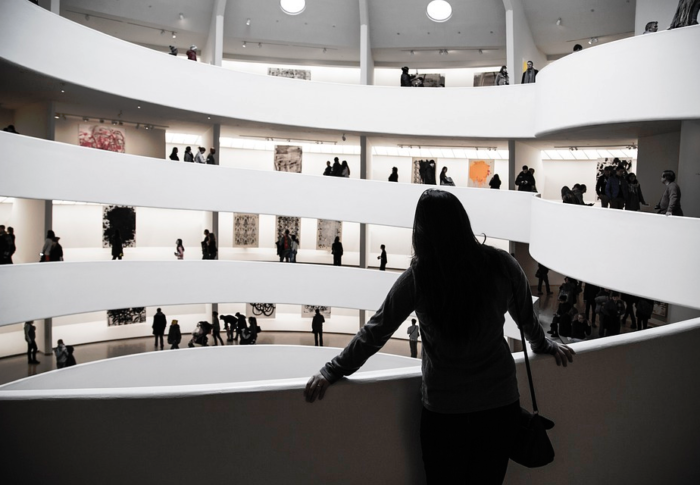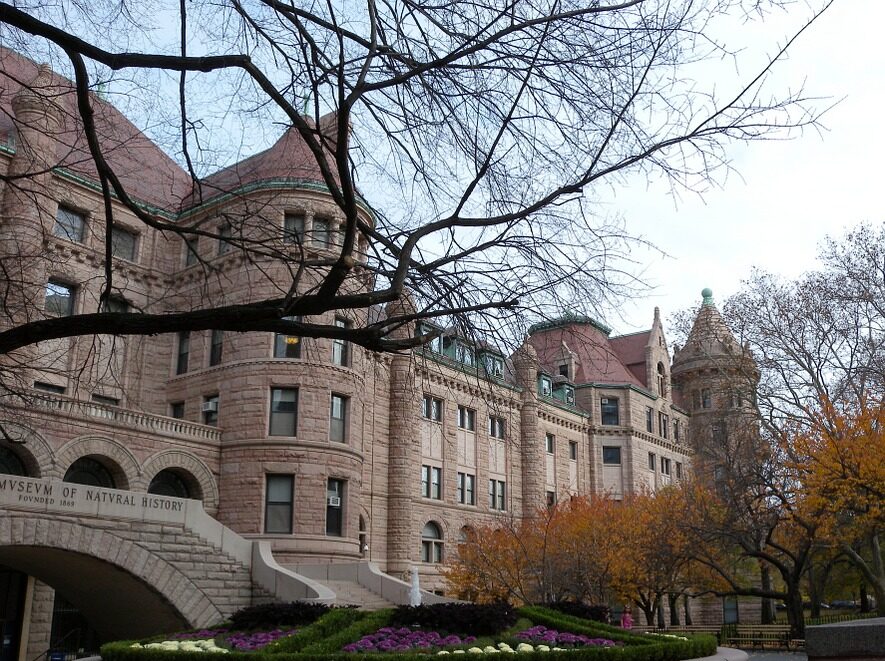
The American Museum of Natural History in New York City
One of the world’s finest natural science museums, the American Museum of Natural History in New York City is an immense collection of artifacts illustrating our planet’s long and eventful and cataclysmic history. Nearly 30 million pieces (of which only a fraction, of course, is on display) will take you through centuries and millennia back millions of years, unfolding a comprehensive and fascinating picture of the evolution of life on Earth. Nearly 600 dinosaur skeletons, including a Tyrannosaurus rex, a model of a 3-foot blue whale and a slice of a 1,400-year-old sequoia, an Indian canoe and halls of meteorites and minerals are just some of the exhibits on display.
The love Americans have for the museum is evidenced if only by the fact that many of the educational films are voiced by Hollywood stars. For example, Meryl Streep will tell you about the evolution of vertebrates, and the Big Bang “talks” in the voice of Liam Neeson.
What to see
The American Museum of Natural History is housed in a historic late 19th-century, three-story building built in a recognizable Victorian style. The permanent exhibit occupies 45 rooms, and you can also visit the state-of-the-art Rose Center for Earth & Space planetarium, watch an educational film in the IMAX theater, and from September through May admire insects in the Butterfly Gallery.
The museum’s artifacts are arranged thematically, chronologically and geographically. It makes sense to start with the exhibit on biodiversity and the environment. A vivid portrait of the beauty and abundance of life on Earth is housed in an 800-meter diorama of rain forests, one of the most diverse ecosystems on the planet. “Spectrum of Life” presents more than 1,500 species of animals in the context of 3.5 billion years of evolution. In the North American Forest Hall, you can see a slice of a 90-meter sequoia and a 24-fold magnification of forest soil, and in the Ocean Hall, 14 dioramas represent eight different ocean ecosystems.
The paleontological exhibit is the gem of the museum. In the four halls of this section you can see giant and microscopic skeletons of the ancestors of modern animals and birds – from Pterosaurus (the first flying dinosaur) to Tyrannosaurus with a meter jaw and 15-centimeter teeth, recognized by visitors of all ages.
Don’t forget to check out the Theodore Roosevelt Rotunda, not only to learn about his contribution to the museum, but also to admire the skeleton of a Barosaurus, the tallest prehistoric animal (the ceiling of the rooms was too low for it).
The halls of the Department of Human Origins and Culture of Mankind acquaint visitors with all the ways of social organization – from the early forest kingdoms of Africa and Pacific island communities to the heritage of the Indians of South and North America and Asian civilizations. And, of course, you can’t miss the 20-meter long Indian canoe!

